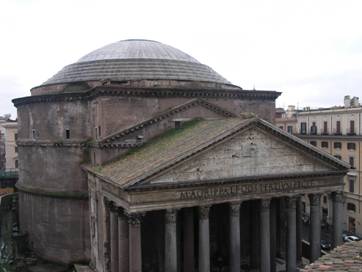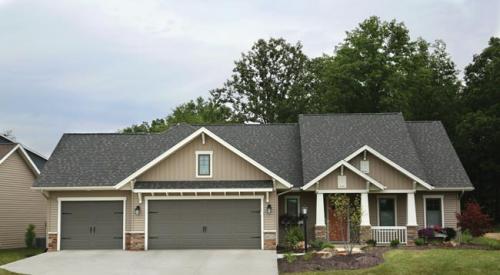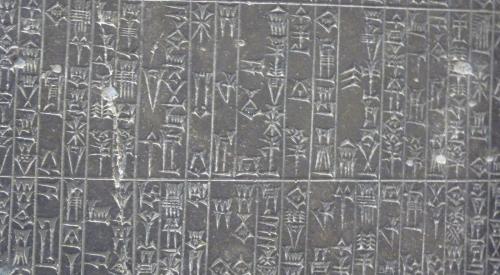In a recent discussion regarding the impact of quality on the ASQ Design & Construction Division Linkedin Group, a member made the comment that ‘everything made by man is defective.’ Of course this is correct, we cannot create perfection. It was a wonderful comment and it made me ponder perfection in construction and to think of some of the world’s most ancient and iconic buildings and be reminded of just how long quality and construction have been associated.
For example there is a 3500 year old Egyptian image of a stonecutter and an inspector measuring a large stone block. This image has been fittingly used as the symbol for the Juran Institute for many years. The ancient Greek building the Arsenal of Philion had detailed specifications which still exist today which describe exactly what was contracted and intended for the building. 3000 years ago in China compasses, carpenters squares and yard sticks were used for quality and measurement. Indeed a state system was established to create standards for measuring instruments and they were checked each year for accuracy.
Quality has been needed due to the difficulties and defects inherent in the construction process and so have been around since man began building. The evidence of this still exists in some of the world’s most enduring structures.
The Great Pyramid of Giza is the largest and oldest of the pyramids, indeed the oldest of all the seven wonders of the ancient world and the only one to still remain largely intact. It was the world’s tallest man made structure for 3800 years. Within the pyramid the King’s chamber has a roof reinforced with granite beams each weighing 50 tons. These beams are cracked, this was originally considered to have happened post construction due to earthquakes. However, recent studies suggest that the cracks occurred during construction and the architect and builders were aware of them. Yep those quality guys spotted trouble and it didn’t become an issue in the warranty stage. There are still pieces of 4500 year old plaster in the cracks placed there by the builders to monitor if any further damage was caused as construction continued and thereby to determine if the beams would need to be removed, which would be no small task. The beams remained as they were without further damage as construction continued and Khufu was interred in another chamber and of course the pyramid is still standing!
Another ancient structure still amazing the world today almost 2000 years after it was built by Emperor Hadrian, is the Pantheon in Rome. It is still the world’s largest unreinforced concrete dome. Behind the Pantheons pediment is evidence of work that began on an original larger pediment which had been abandoned. Originally monolithic granite columns 50 feet tall were to be used, however, due to logistical problems, oh those suppliers, adjustments were made and different granite columns were used instead, which were only 40 feet tall. Thus the remains or outline of the original pediment can still be seen on the main wall behind and above the existing pediment roof. See photograph.
We cannot produce perfection, therefore, Quality is as important today as it was in ancient times, it is not a fad, not something to overlook but something for us to sustain and continue to develop. We need to strive for excellence in design and construction so that we build the best we can today for tomorrows generations.










